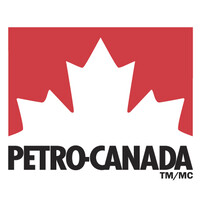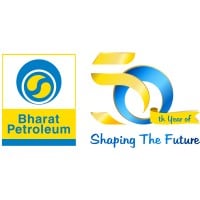Bharat Petroleum Corporation Limited
None, None, Mumbai, None, IN, None
Last Update: 2025-11-24
Fortune Global 500 Company, Bharat Petroleum is the second largest Indian Oil Marketing Company and one of the premier integrated energy companies in India, engaged in refining of crude oil and marketing of petroleum products, with a significant presence in the upstream and downstream sectors of the oil and gas industry. The company attained the coveted Maharatna status, joining the elite club of companies having greater operational & financial autonomy. Bharat Petroleum’s Refineries at Mumbai & Kochi and Bina at Madhya Pradesh have a combined refining capacity of around 35.3 MMTPA. Its marketing infrastructure includes a network of installations, depots, energy stations, aviation service stations and LPG distributors. Its distribution network comprises over 20,000 Energy Stations, over 6,200 LPG distributorships, 733 Lubes distributorships, and 123 POL storage locations, 54 LPG Bottling Plants, 60 Aviation Service Stations, 4 Lube blending plants and 4 cross-country pipelines. Bharat Petroleum is integrating its strategy, investments, environmental and social ambitions to move towards a sustainable planet. The company has chalked out the plan to offer electric vehicle charging stations at around 7000 energy stations over next 5 years. With a focus on sustainable solutions, the company is developing a vibrant ecosystem and a road-map to become a Net Zero Energy Company by 2040, in Scope 1 and Scope 2 emissions. Bharat Petroleum has been partnering communities by supporting innumerable initiatives connected primarily in the areas of education, water conservation, skill development, health, community development, capacity building and employee volunteering. With ‘Energising Lives’ as its core purpose, Bharat Petroleum’s vision is to be the most admired global energy company leveraging talent, innovation & technology.
NAICS: 211
NAICS Definition: Oil and Gas Extraction
Employees: 20,795
Subsidiaries: 1







